Understanding Single Origin Coffee Beans
What Are Single Origin Coffee Beans?
Single origin coffee beans are sourced from a specific region, country, or even a single farm, which allows coffee connoisseurs to experience the unique flavors and characteristics inherent to that area. Unlike blends, which may combine beans from various locations, single origin coffees offer a pure representation of their terroir, which impacts their taste, aroma, and overall quality. This distinctiveness is a key reason why enthusiasts seek out Single Origin Coffee Beans.
Benefits of Single Origin Coffee
Choosing single origin coffee beans presents several advantages that enhance the coffee-drinking experience:
- Flavor Diversity: Each region produces beans with unique flavor profiles due to variations in soil, climate, and altitude.
- Transparency: Consumers can often trace the beans back to their source, promoting ethical sourcing and fair trade practices.
- Quality Assurance: Many single origin coffees are graded based on rigorous standards, ensuring a higher quality product.
- Connection to Culture: Each cup tells the story of its origin, connecting drinkers to the culture and traditions of its growers.
How to Choose the Best Single Origin Coffee Beans
When selecting single origin coffee beans, consider the following aspects:
- Region: Different regions produce varied flavor profiles. Research the best practices in regions like Ethiopia, Colombia, and Guatemala to know what to expect.
- Processing Method: Methods such as washed, natural, or honey-processing can significantly influence taste. Each method handles the cherry differently, yielding different results.
- Roast Level: Light roasts preserve the unique characteristics of the bean while dark roasts may overshadow them with bold flavors.
- Freshness: Look for companies that provide roasting dates. Fresher beans typically yield a more vibrant flavor.
Popular Varieties of Single Origin Coffee
Top Regions for Single Origin Coffee Beans
Some of the most celebrated regions known for exceptional single origin coffee include:
- Ethiopia: Often considered the birthplace of coffee, Ethiopian coffees are known for their floral and fruity notes.
- Colombia: Recognized for its smooth and balanced flavors, Colombian coffee is often rich with nutty undertones.
- Guatemala: Guatemalan beans showcase complex flavors, often with chocolate and spice notes due to the varied altitudes of its plantations.
- Kenya: Kenya produces vibrant, acidic coffees with berry and citrus notes, known for their refined taste profile.
Flavor Profiles of Different Single Origin Beans
The flavor profiles of single origin coffees can differ vastly depending on their geographical and environmental factors:
- Central American Beans: Typically feature a smooth body with crisp acidity and notes of chocolate, nuts, and caramel.
- South American Beans: Known for mild, balanced flavors that may present bright acidity combined with sweet fruit overtones.
- African Beans: Renowned for their fruity and floral qualities, often characterized by a lighter body and higher acidity.
- Asian Beans: Often exhibit earthy and spicy notes, with a fuller body and lower acidity, making them very robust.
Comparing Single Origin Beans vs. Blends
The debate between single origin beans and blends is a common one among coffee enthusiasts. Each has its unique merits:
- Single Origin: Provides a distinct flavor profile, allows for exploration of specific regions, and offers a unique story behind each cup.
- Blends: Often crafted to achieve a balanced taste and consistent flavor profile across batches, which can appeal to a broader audience.
Ultimately, the choice will depend on personal preference—whether one seeks adventure in flavor or reliability in consistency.
Brewing Techniques for Single Origin Coffee
Methods to Brew Single Origin Coffee
Each brewing method can bring out different qualities in single origin coffees:
- Pour Over: Ideal for highlighting intricate flavors, pour over methods like Chemex or V60 allow for control over the brewing process, emphasizing the coffee’s unique notes.
- French Press: Offers a full-bodied brew, making it perfect for coffees with rich flavors, but may mute some delicate notes.
- Espresso: Great for enriching flavor complexity, espresso can concentrate the distinct characteristics of the beans.
- Cold Brew: This method results in a smooth, mellow flavor, ideal for showcasing sweet or fruity notes, particularly in lighter roast beans.
Optimizing Flavor with Brewing Tools
To enhance the flavor of single origin coffee, the right tools are essential:
- Grinder: A burr grinder is recommended for consistent grind size, which is crucial for optimal extraction.
- Scale: Measuring coffee and water precisely can greatly influence the final taste; generally, a 1:15 coffee-to-water ratio is a good starting point.
- Water Temperature: The ideal temperature for brewing coffee is typically between 195°F and 205°F to extract the best flavors without scalding the bean.
Common Brewing Mistakes to Avoid
Even the best beans can fall short if brewed incorrectly. Here are common pitfalls:
- Incorrect Grind Size: Choosing the wrong grind for your method can lead to over-extraction or under-extraction, harming flavor.
- Using Stale Coffee: Always prioritize freshness; stale beans can create a flat, lifeless cup.
- Ignoring Water Quality: The purity and mineral content of water can significantly impact the brew; use filtered water whenever possible.
Single Origin Coffee in the Market
How to Identify Quality Single Origin Coffee Beans
Not all single origin coffees are created equal. To identify quality beans, look for:
- Certification: Look for certifications such as Fair Trade or Rainforest Alliance that ensure ethical practices.
- Roast Date: Freshness is paramount in coffee; avoid beans that lack a roast date.
- Grading: Specialty grades by the Coffee Quality Institute indicate high-quality beans based on flavor and aroma.
Packaging and Sustainability Considerations
As ecological awareness grows, many brands are focusing on sustainable practices:
- Eco-Friendly Packaging: Look for brands that use biodegradable or recyclable materials for their packaging.
- Sustainability Initiatives: Many reputable coffee roasters are involved in initiatives that support sustainable farming practices and community development.
Trends in Single Origin Coffee Consumption
The coffee landscape is constantly evolving. Here are some current trends:
- Increased Education: Consumers are seeking more information about origins and practices, shaping how coffee is marketed and sold.
- Emphasis on Direct Trade: Many consumers prefer ethical sourcing and direct relationships between producers and roasters.
- Flavor Exploration: As palates diversify, consumers are more inclined to experiment with varied flavor profiles and processing methods.
Perfect Pairings for Single Origin Coffee
Food Pairings That Enhance the Flavor
When enjoying a cup of single origin coffee, certain foods can elevate the overall experience:
- Chocolate: Dark chocolate pairs beautifully with coffee’s roasted flavors, particularly in beans with notes of cocoa.
- Pastries: Croissants or almond pastries provide a sweet contrast that complements the coffee’s acidity.
- Fruits: Consider enjoying single origin coffee with fruity desserts or cheeses, which can enhance or contrast the coffee’s natural fruit notes.
Best Practices for Serving Single Origin Coffee
To provide an exceptional coffee experience, consider these best practices:
- Temperature: Serve coffee at the optimal temperature to ensure the flavor profile is represented fully.
- Presentation: Use clear glassware to showcase the color and richness of the coffee, enhancing the visual appeal.
- Knowledge Sharing: Engage with guests by sharing the story of the beans and their origin, creating a more enriching experience.
Creating a Specialty Coffee Experience at Home
You can achieve a specialty coffee experience in your home setting by following these steps:
- Investing in Quality Equipment: A good grinder and brewing device can make a significant difference in the final cup.
- Experimenting: Try different brew methods and adjust grind sizes and ratios to find what best suits your palate.
- Knowledge Building: Attend workshops or watch online tutorials to learn more about coffee preparation and tasting.



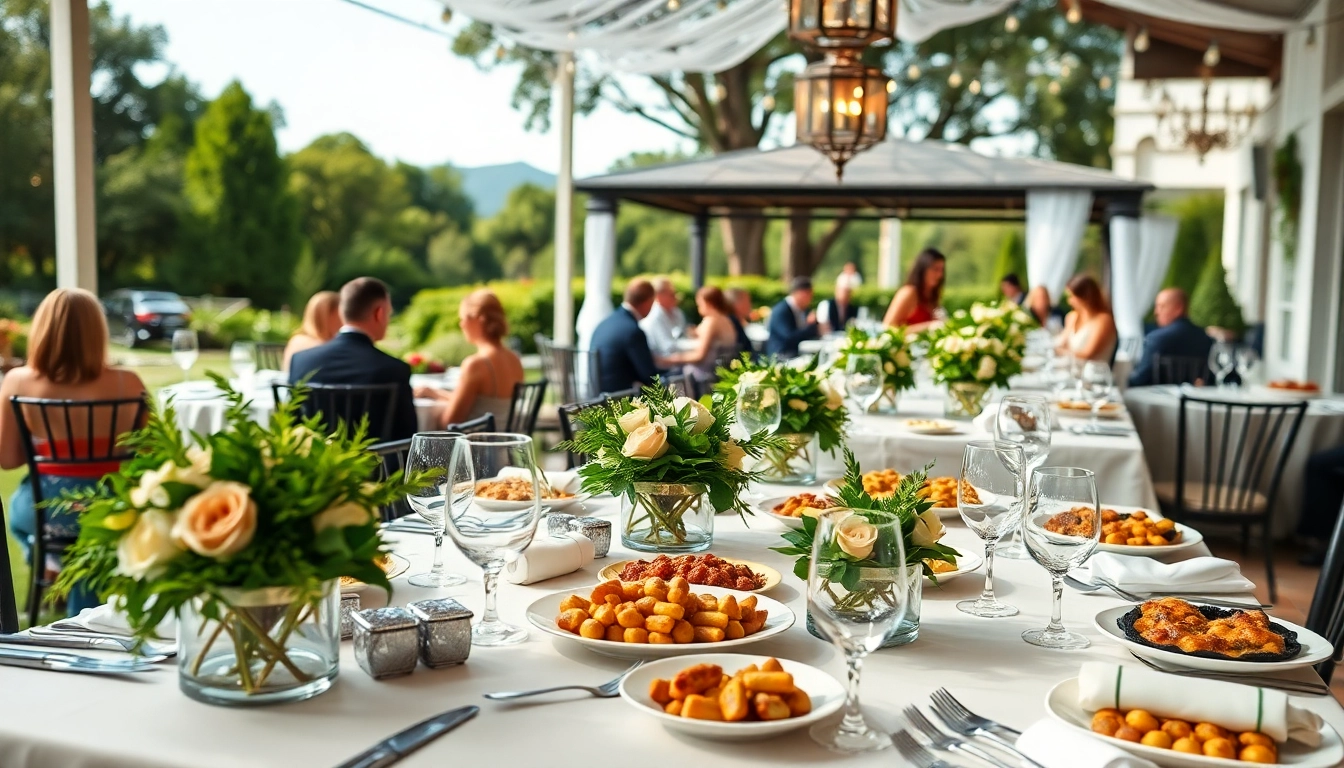
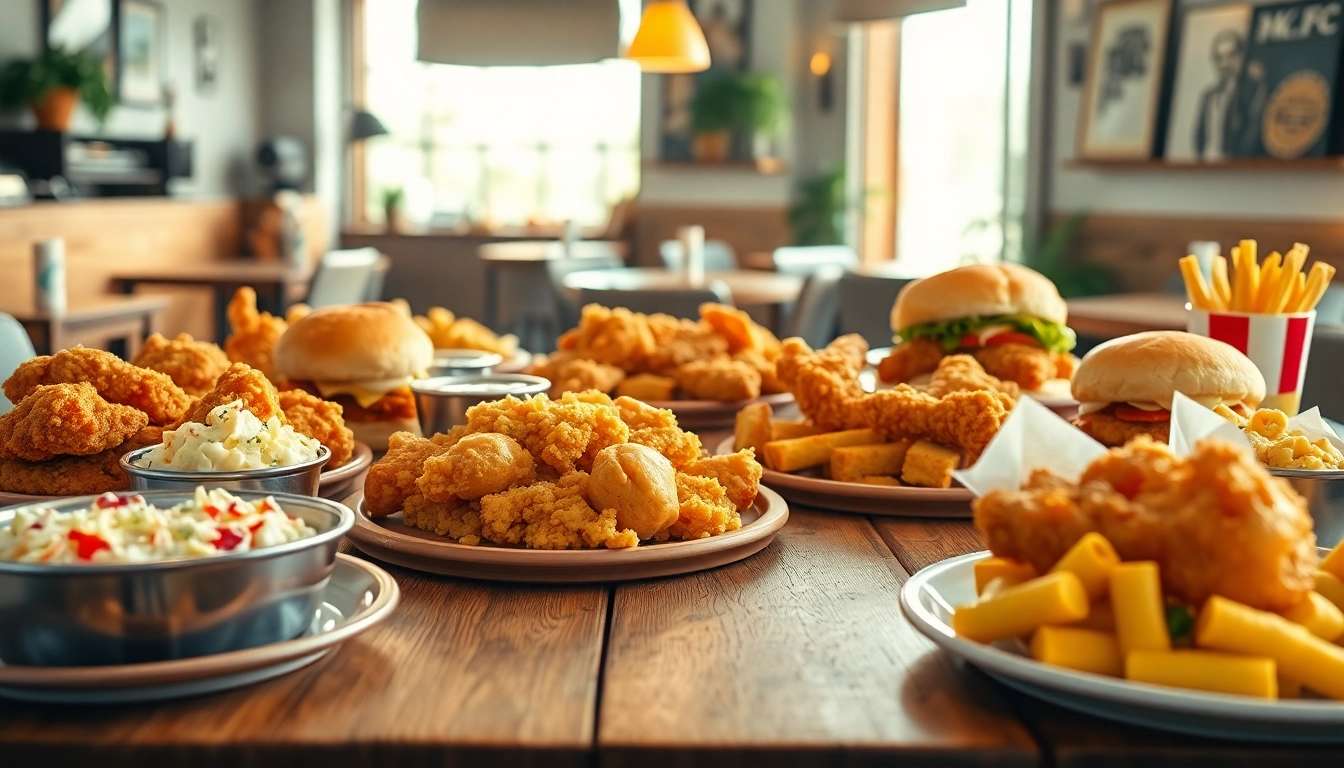
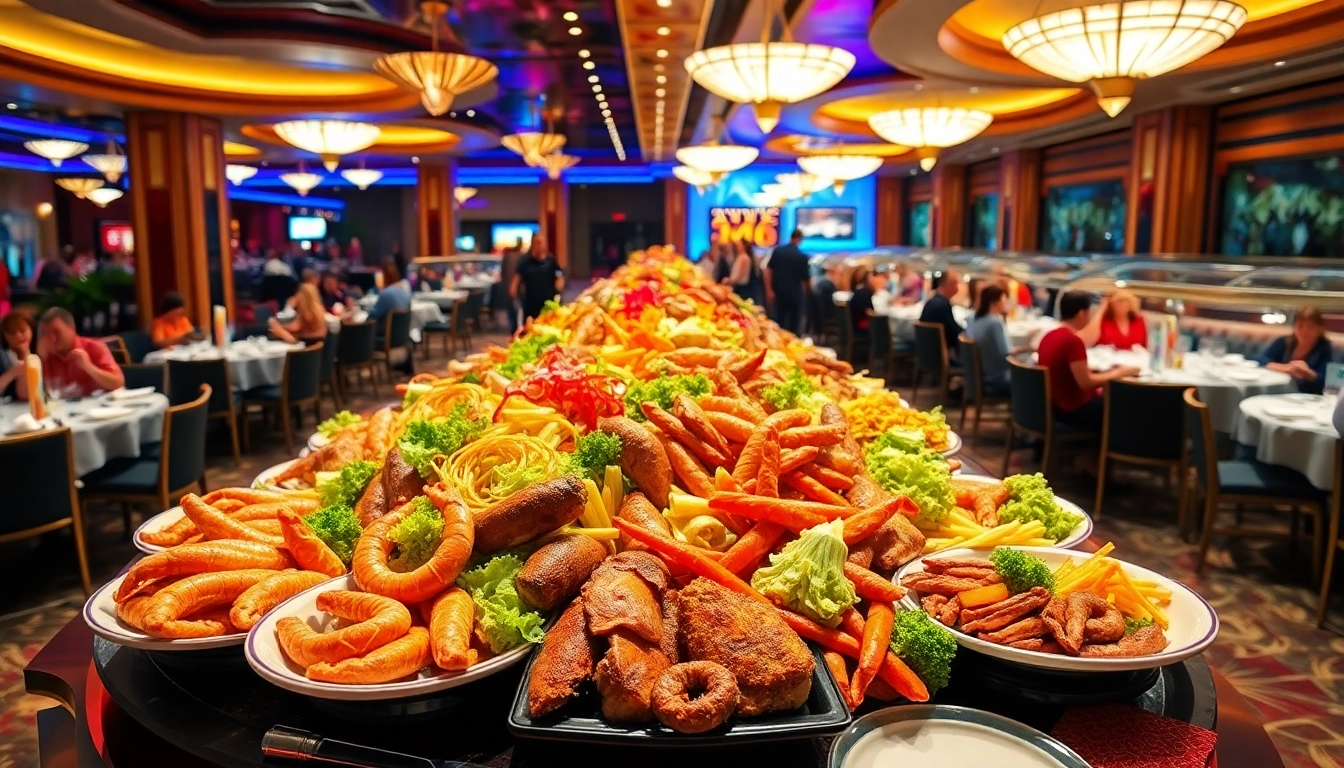

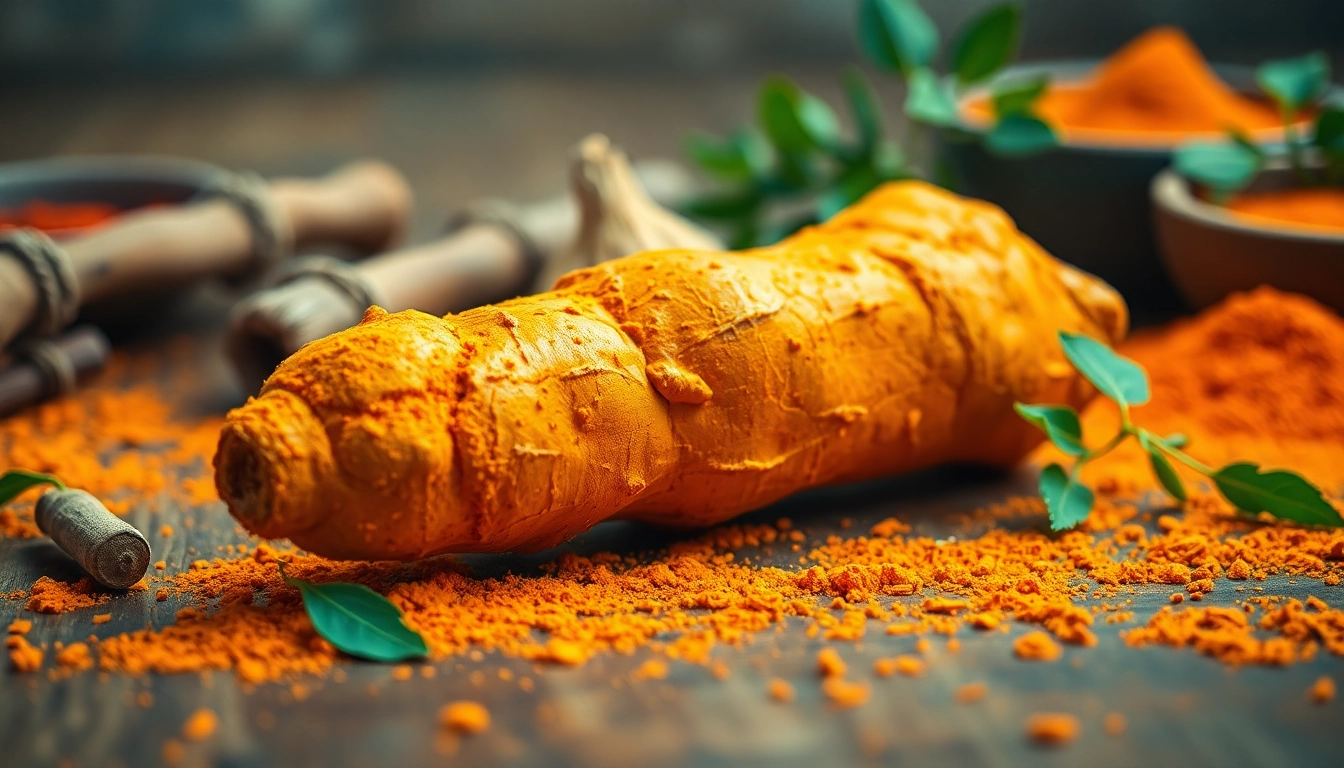
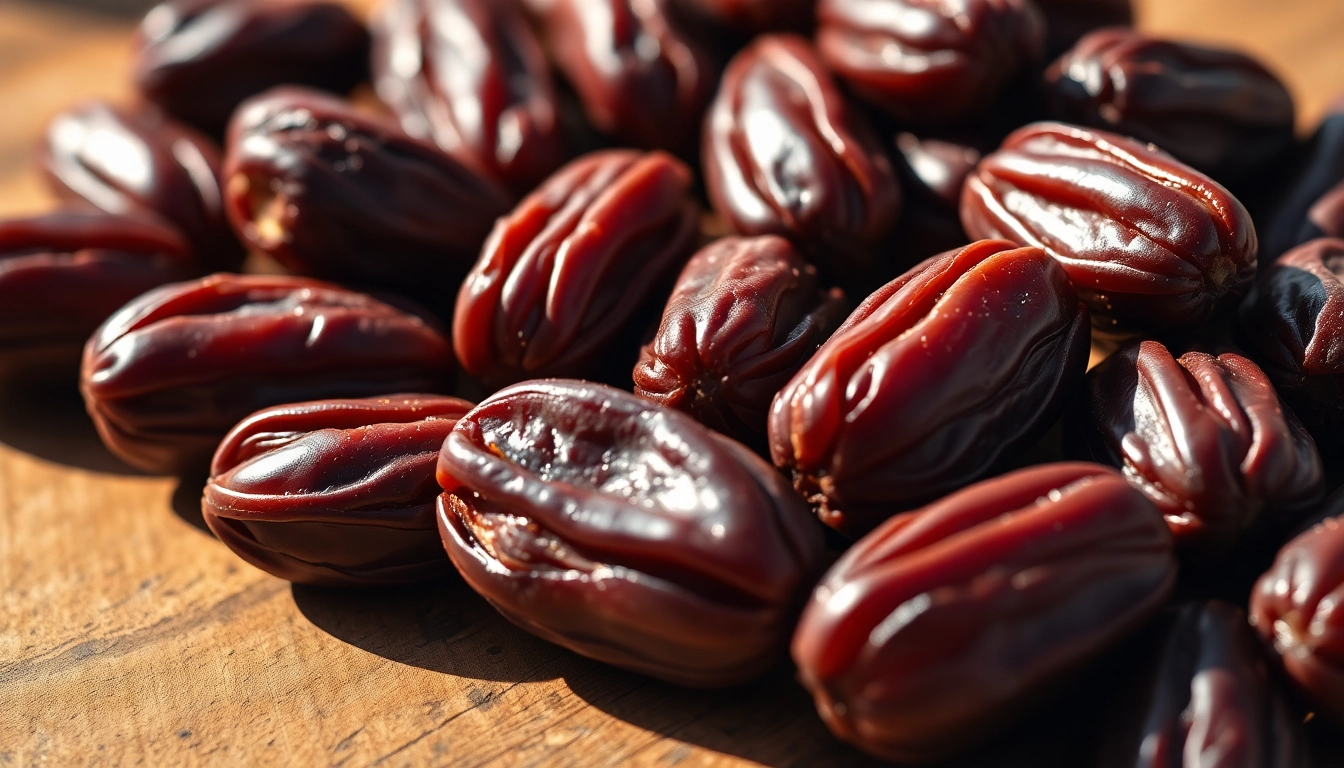
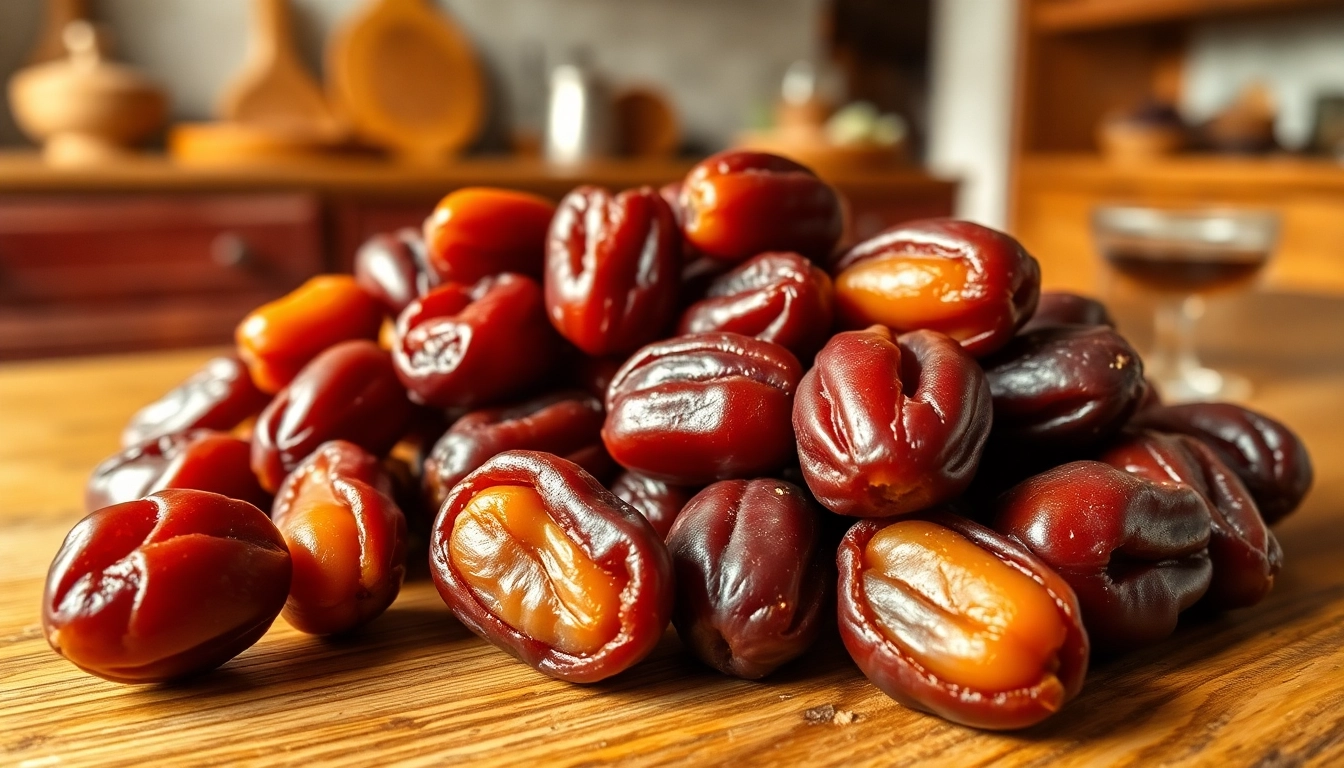





Leave a Reply